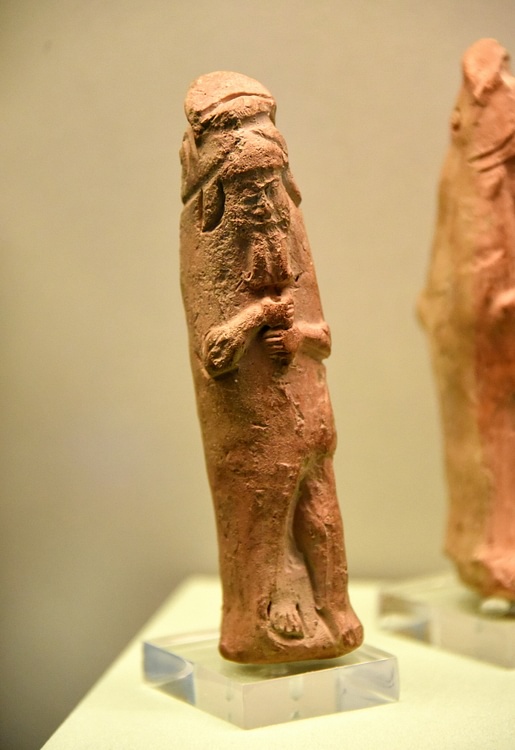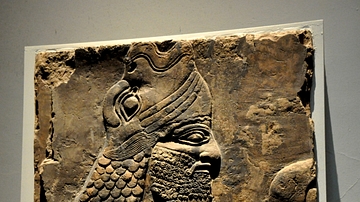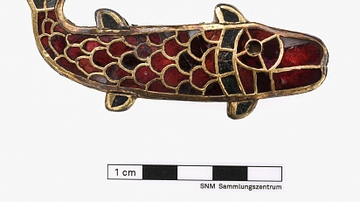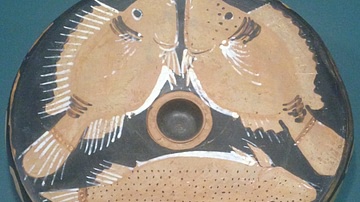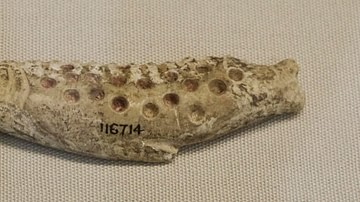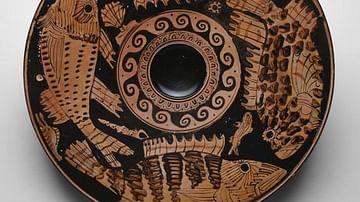Illustration
In order to protect the household, this protective figure (apkallu or sage) would be buried beneath the floor in groups of seven. This figurine represents a wise man dressed in a fish-cloak sent by the god Ea to impart knowledge to humans. For cultic purposes, priests wore such cloaks made from giant species of carp living in the River Tigris. From Nimrud or Nineveh, Northern Mesopotamia, Iraq. Neo-Assyrian Period, 900-612 BCE. (The British Museum, London)
About the Author
Cite This Work
APA Style
Amin, O. S. M. (2016, April 18). Fish-Cloaked Apkallu. World History Encyclopedia. Retrieved from https://www.worldhistory.org/image/4929/fish-cloaked-apkallu/
Chicago Style
Amin, Osama Shukir Muhammed. "Fish-Cloaked Apkallu." World History Encyclopedia. Last modified April 18, 2016. https://www.worldhistory.org/image/4929/fish-cloaked-apkallu/.
MLA Style
Amin, Osama Shukir Muhammed. "Fish-Cloaked Apkallu." World History Encyclopedia. World History Encyclopedia, 18 Apr 2016, https://www.worldhistory.org/image/4929/fish-cloaked-apkallu/. Web. 09 Jul 2025.

